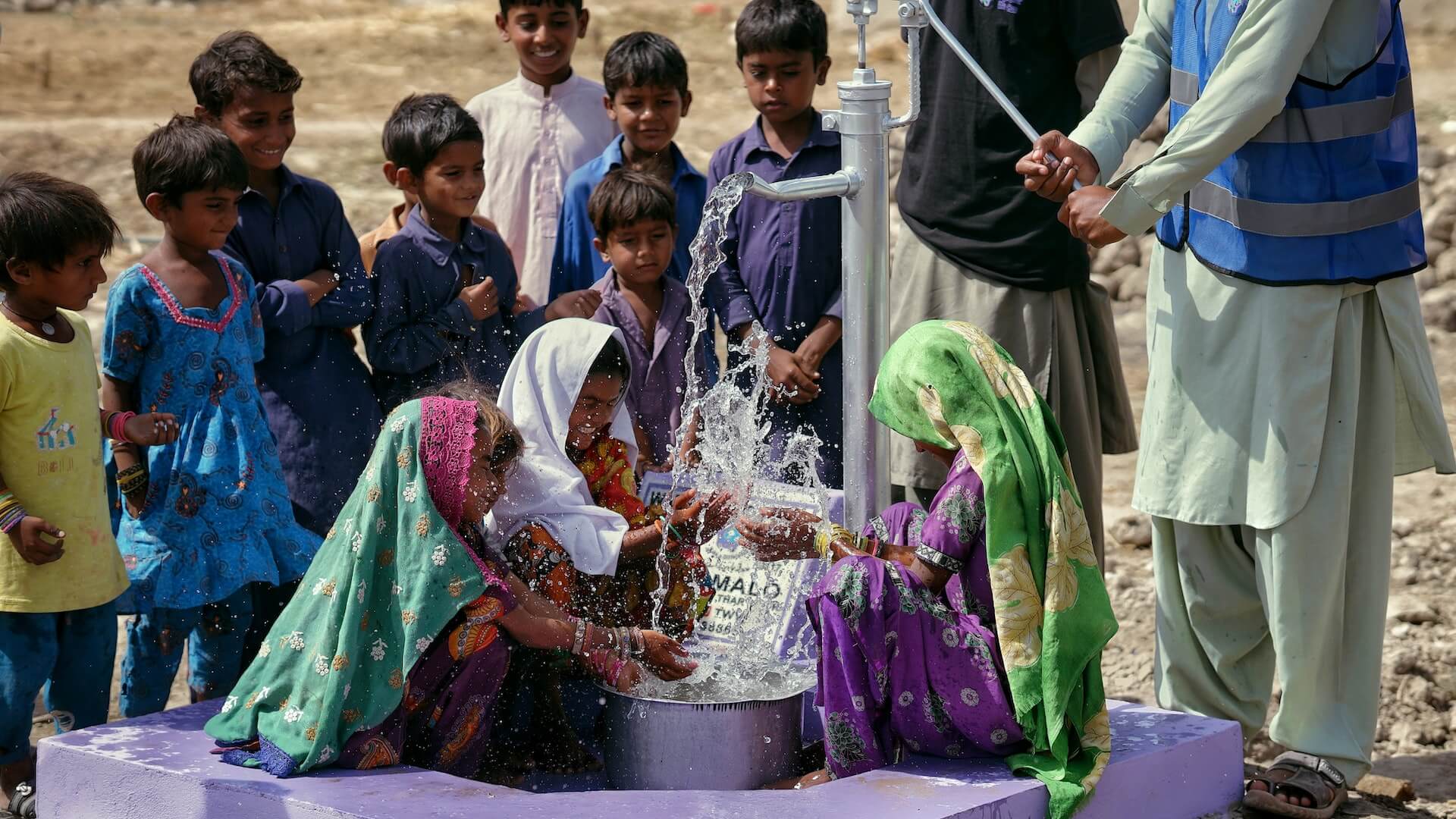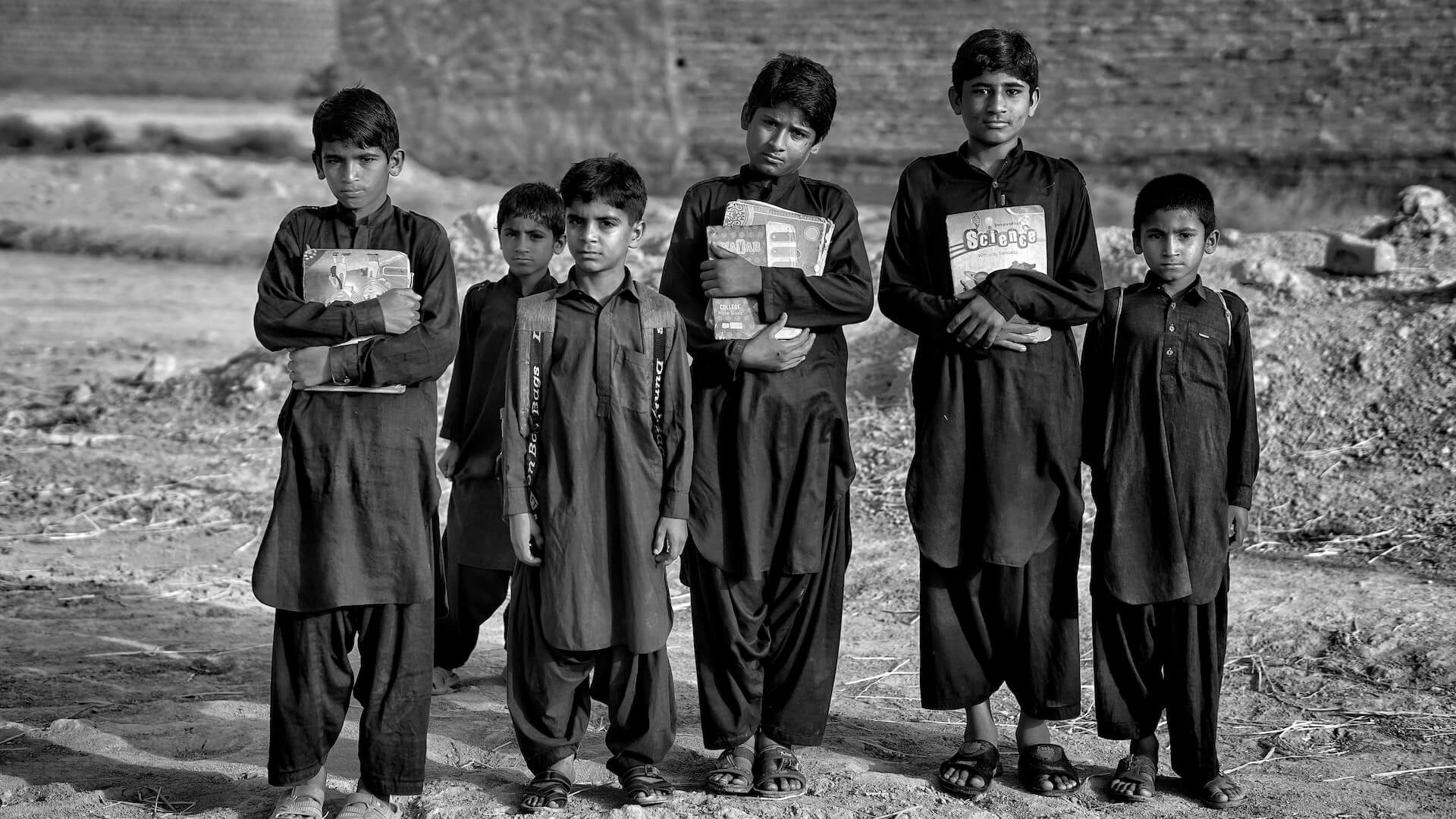Documentary photography is a powerful medium that allows us to see the world from a different perspective. It captures real-life situations and events, giving us an unfiltered glimpse into the lives of people and places we may never have the opportunity to experience firsthand. Through the lens of a camera, documentary photographers are able to tell stories that educate, inspire, and provoke us to take action. In this post, we will explore the power of documentary photography and how it has been used to bring attention to important issues such as social injustice, poverty, war, and environmental concerns. With its ability to capture raw emotions and human experiences, documentary photography has the power to evoke empathy and understanding in viewers, making it a vital tool for social change.
The role of documentary photography in capturing truth and reality
Documentary photography has long been recognized as a powerful medium for capturing truth and reality. Unlike staged or manipulated images, documentary photographs aim to present an unfiltered glimpse into the world as it truly is. With its roots dating back to the early days of photography, this genre has evolved to become an essential tool for storytelling and raising awareness about important social issues.

One of the key strengths of documentary photography lies in its ability to freeze a moment in time and preserve it for future generations. Through the lens of a skilled documentary photographer, the raw emotions, struggles, and triumphs of individuals and communities are immortalized. Whether it is documenting the harsh realities of war, chronicling the everyday lives of marginalized communities, or capturing the beauty of nature in its purest form, these photographs have the power to evoke deep emotions and provoke meaningful discussions.
Documentary photography also plays a crucial role in shedding light on untold stories and giving a voice to the voiceless. It serves as a visual testimony, providing evidence and bearing witness to social injustices, political unrest, and human rights violations. By capturing these truths through their lens, documentary photographers become agents of change, bringing attention to critical issues and challenging societal norms.
Moreover, documentary photography serves as a bridge between distant cultures and unfamiliar experiences. It allows viewers to connect with subjects they may never have encountered otherwise. Through these images, we gain a deeper understanding of the diverse and complex world we live in, fostering empathy and compassion for people and situations far removed from our own.
Historical significance of documentary photography
Documentary photography holds immense historical significance as it captures pivotal moments in time, preserving them for future generations to witness and understand. These photographs have the power to transcend time and provide a visual narrative of historical events, social movements, and cultural shifts.
Through the lens of documentary photographers, we are able to delve into the past and gain a deeper understanding of the realities that shaped our world. Whether it be the horrors of war, the struggles of marginalized communities, or the triumphs of human resilience, documentary photography serves as a visual record of the human experience.
One of the earliest examples of the historical significance of documentary photography can be traced back to the American Civil War. Photographers such as Mathew Brady and Alexander Gardner ventured onto the battlefield, capturing haunting images that showcased the brutal realities of war. These photographs not only provided a visual account of the conflict but also played a crucial role in shaping public opinion and influencing political discourse.
Similarly, during the Great Depression, photographers like Dorothea Lange and Walker Evans captured the devastating impact of the economic crisis on everyday Americans. Their iconic images, such as Lange’s “Migrant Mother,” have become symbols of the era, portraying the hardships faced by families and raising awareness about the need for social and economic reforms.
Documentary photography has continued to evolve and play a significant role in documenting pivotal moments in history. From the civil rights movement to environmental activism, photographers have been on the front lines, capturing the struggles, triumphs, and injustices that have shaped our society.
In addition to its role as a historical record, documentary photography also serves as a catalyst for change. The power of these images lies in their ability to evoke emotions, challenge social norms, and inspire action. Through their work, documentary photographers bring attention to issues that might otherwise go unnoticed, sparking conversations and driving societal progress.
Ethical considerations in documentary photography
When it comes to documentary photography, ethical considerations play a vital role in capturing and presenting the realities of the subjects being documented. Unlike other genres of photography, documentary photography aims to tell a story and shed light on important social, cultural, or political issues.

One of the primary ethical considerations in documentary photography is obtaining informed consent from the subjects. It is crucial to establish a relationship of trust and respect with the individuals being photographed, ensuring that they understand the purpose and potential impact of the project. This consent should be sought not only from adult subjects but also from parents or guardians when photographing minors.
Respecting the dignity and privacy of the subjects is another key ethical aspect. Documentary photographers must be mindful of the potential harm or exploitation that their work may cause. It is essential to strike a balance between capturing authentic moments and protecting the privacy and vulnerability of the individuals involved. This can be achieved by being discreet, seeking permission before photographing sensitive moments, and refraining from publishing images that could potentially harm the subjects or their communities.
Furthermore, accuracy and truthfulness are paramount in documentary photography. It is crucial to present the captured realities in a way that accurately reflects the context and experiences of the subjects. Manipulating images or misrepresenting facts not only undermines the integrity of the documentary work but also erodes the trust between the photographer and the audience.
Lastly, documentary photographers have a responsibility to consider the potential consequences of their work. The impact of their images can be far-reaching, influencing public opinion, policies, and even the lives of the subjects themselves. It is essential to be aware of the potential power dynamics at play and to use this power responsibly, advocating for social justice, raising awareness, and giving a voice to the marginalized or underrepresented communities.
Documenting social issues and injustices through photography
Documentary photography has long been a powerful tool for shedding light on social issues and injustices. Through the lens of a camera, photographers have the unique ability to capture powerful moments that evoke emotions, challenge perspectives, and ignite conversations.
One of the most remarkable aspects of documentary photography is its ability to bring attention to marginalized communities and individuals who often go unnoticed or unheard. From capturing the struggles of impoverished communities to documenting the impact of environmental degradation, these photographs serve as a visual testament to the realities faced by many around the world.
Through their lens, documentary photographers become storytellers, weaving narratives that expose the harsh realities of social issues. They provide a voice for the voiceless, allowing their subjects to be seen and heard by a wider audience. These photographs have the power to evoke empathy, compassion, and a call to action, as viewers are confronted with the stark realities of injustice.
Documentary photography also plays a crucial role in driving social change. By documenting social issues, photographers can bring attention to systemic problems, spark conversations, and inspire individuals to take action. These photographs have the potential to shape public opinion, influence policies, and ultimately contribute to creating a more just and equitable society.
Moreover, documentary photography serves as a historical record, capturing moments in time that may otherwise be forgotten or neglected. These images become a powerful tool for future generations to reflect upon, learn from, and understand the social issues and injustices that shaped our world.
The impact of documentary photography on social change
One of the most significant aspects of documentary photography is its ability to bring attention to marginalized communities and shed light on their struggles. By presenting authentic and raw images, photographers can give a voice to those who have been silenced and overlooked. These photographs have the power to challenge preconceived notions, break down stereotypes, and create empathy within the viewer.

Documentary photographers often immerse themselves in the communities they document, spending time with the individuals and gaining their trust. This allows them to capture intimate moments and tell compelling stories that resonate with audiences around the world. These images have the ability to evoke strong emotions and inspire action, making viewers reflect on their own privilege and the societal structures that perpetuate inequality.
Furthermore, documentary photography has played a crucial role in exposing social injustices and bringing about tangible change. Iconic images like Dorothea Lange’s “Migrant Mother” during the Great Depression or Kevin Carter’s photograph of a starving child in Sudan have sparked international outrage and mobilized humanitarian efforts. These photographs have the power to incite conversations, raise awareness, and ultimately drive policy changes and social reforms.
In today’s digital age, documentary photography has an even greater reach and influence. Social media platforms and online publications allow these images to be shared instantly and widely, reaching audiences across borders and cultures. This accessibility has transformed documentary photography into a powerful tool for advocacy and activism.
The role of storytelling in documentary photography
Storytelling plays a crucial role in the realm of documentary photography. It goes beyond capturing a moment; it delves into the heart and soul of the subject, unraveling its narrative and conveying a powerful message to the viewers. Through the lens of documentary photography, photographers become storytellers, shedding light on untold stories, raising awareness, and igniting social change.
Documentary photographers aim to capture the essence of a subject, whether it be an individual, a community, or a societal issue. They immerse themselves in their subject’s world, observing and documenting the reality with empathy and sensitivity. By doing so, they take on the responsibility of being the voice of the voiceless, shedding light on stories that often go unnoticed.
Through the art of storytelling, documentary photographers create a connection between the subject and the viewer, evoking emotions and sparking a sense of empathy. They use their images to tell a narrative, weaving together moments, expressions, and environments to create a visual story that resonates with the audience.
In documentary photography, storytelling is not limited to individual images; it extends to photo essays, exhibitions, and books. These mediums allow photographers to present a comprehensive narrative, showcasing different aspects and perspectives of the subject. By presenting a series of images, photographers can provide a deeper understanding of the story they are depicting, allowing viewers to engage with the subject on a more profound level.
The power of storytelling lies in its ability to create an emotional impact and drive change. Documentary photographers have the capacity to shed light on social injustices, human rights issues, and environmental concerns. Their images can spark conversations, challenge perceptions, and inspire action. By sharing the realities captured through their lenses, documentary photographers have the potential to make a lasting difference in the world.
The challenges and responsibilities of being a documentary photographer
Being a documentary photographer is not just about capturing compelling images; it comes with its own set of challenges and responsibilities. One of the primary challenges is gaining access to the subject matter. Unlike other genres of photography, documentary photographers often find themselves in unfamiliar environments, dealing with sensitive subjects, and navigating complex social and cultural dynamics.

Documentary photographers have a responsibility to accurately represent the stories they capture. They must strive for authenticity and truthfulness in their images, avoiding any manipulation or misrepresentation that could distort the narrative. This requires building trust with the individuals and communities being photographed, as well as respecting their privacy and dignity.
Additionally, documentary photographers have an ethical obligation to consider the potential impact of their work. They must carefully navigate the fine line between raising awareness and exploiting the subjects they photograph. It is crucial to approach each project with empathy, sensitivity, and a deep understanding of the social, cultural, and historical context in which the story unfolds.
Moreover, documentary photographers often face physical and emotional challenges while documenting difficult or dangerous situations. They may find themselves in conflict zones, disaster-stricken areas, or communities grappling with social injustice. In these situations, they must prioritize their safety while staying committed to their mission of shedding light on important issues and giving a voice to the marginalized.
Conclusion
This blog post shed light on the immense power and impact that this genre holds. Through the lens of a documentary photographer, we can witness the untold stories, raw emotions, and hidden truths of our world. By capturing real-life moments, documentary photography provides a platform for social change and encourages us to question our own perspectives. We hope this post has inspired you to explore the world of documentary photography and appreciate the incredible storytelling it offers. Now, go out there and capture the reality that deserves to be seen!



